EPA: US GHG fell 0.5% y-o-y in 2017; power sector down by 4.2%, transportation up 1.21%
Green Car Congress
APRIL 15, 2019
The transportation sector now generates the largest share of greenhouse gas emissions in the US—28.9% More than 90% of the fuel used for transportation is petroleum-based, which includes primarily gasoline and diesel. From 2016 to 2017, CO 2 emissions from the transportation end-use sector increased by 1.21%.




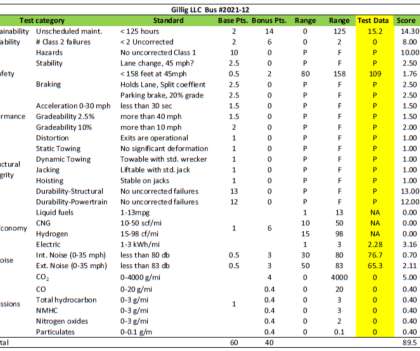
















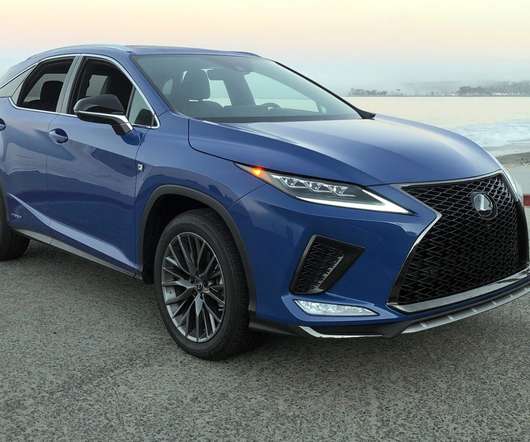
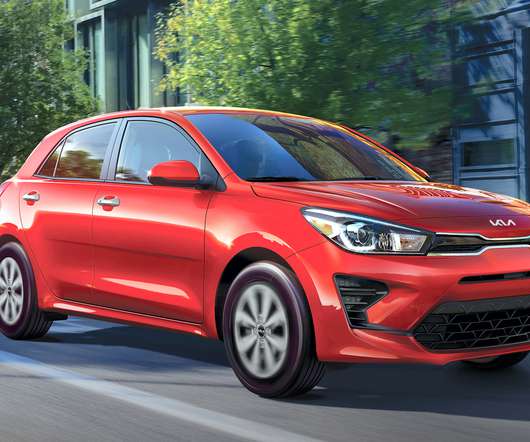
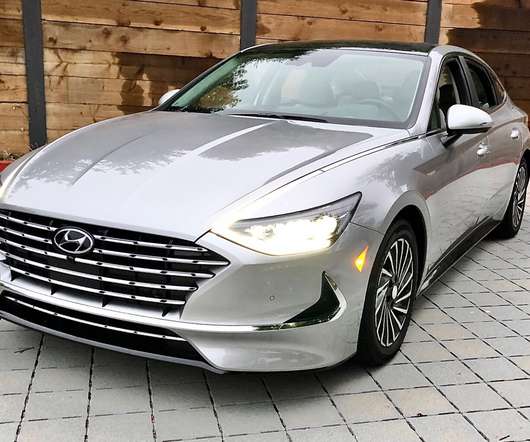






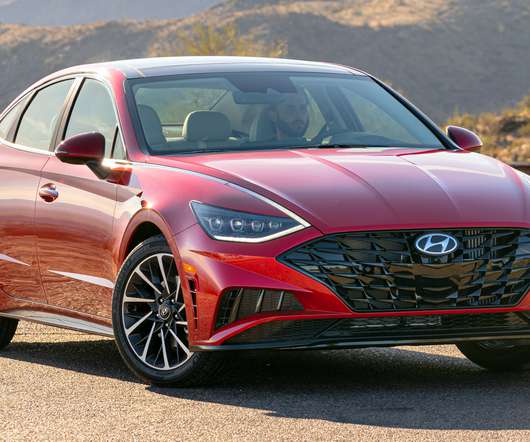
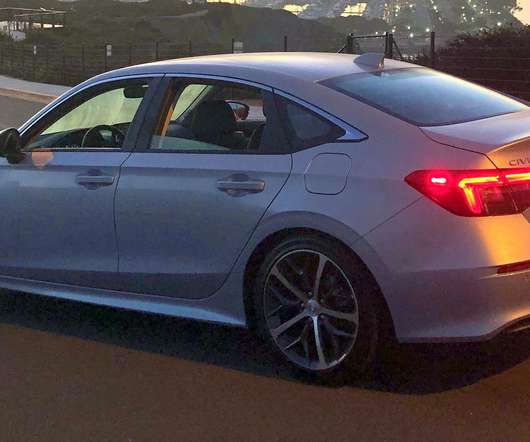

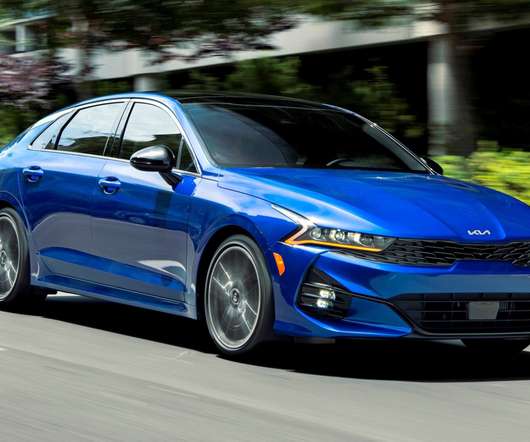
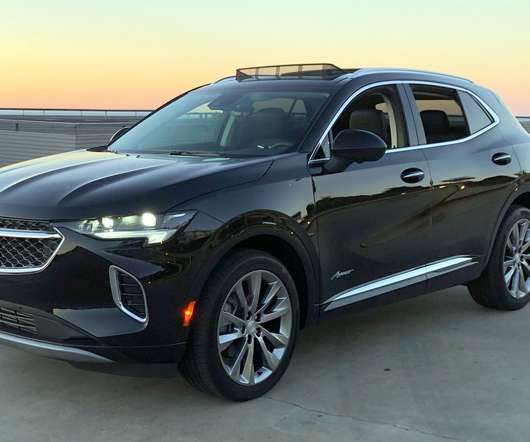
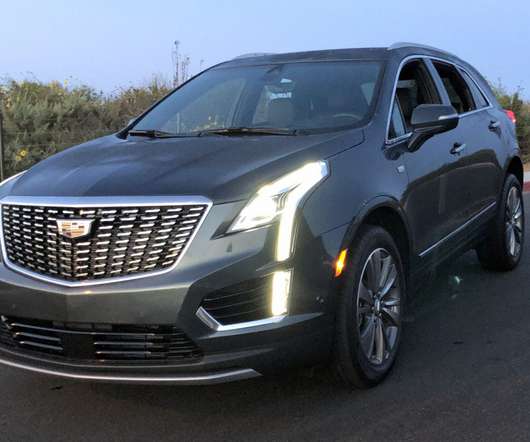
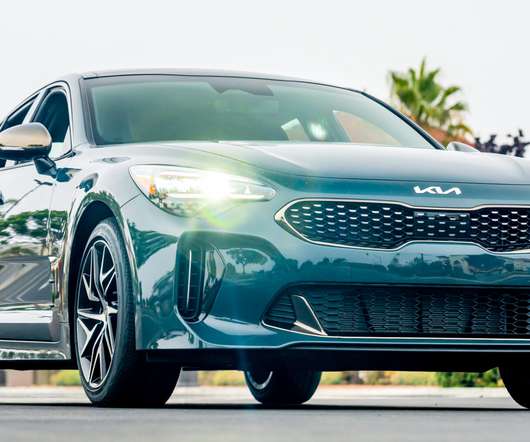






Let's personalize your content